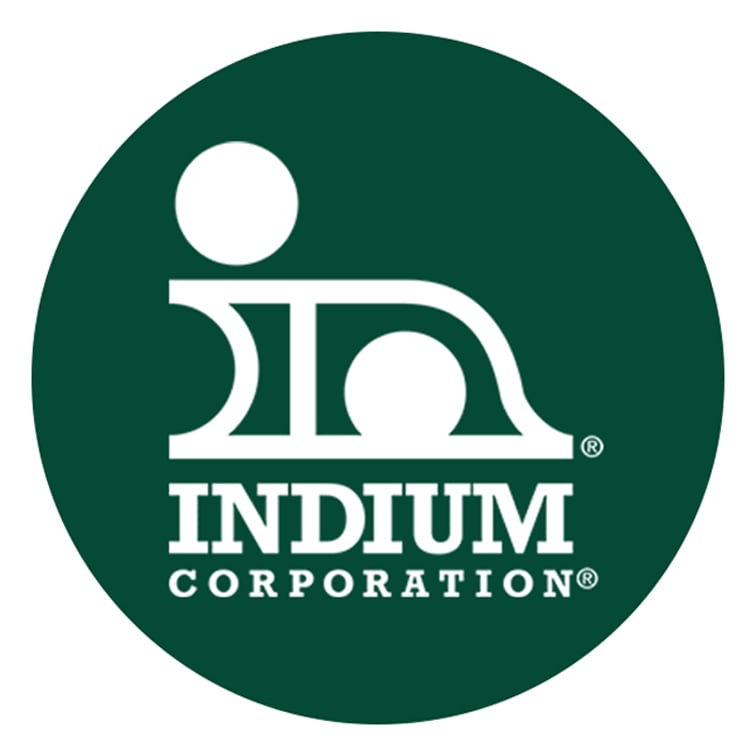In a follow-up to my previous posting, Greenpeace's rationale for giving Apple marginal rankings on BFR and PVC elimination seem to be somewhat misguided. In the "Guide to Greener Electronics," they applaud Apple for making the move to almost completely eliminate BFR and PVC from their products. However, Greenpeace added: "But Apple fails to score top marks in this criterion because it uses unreasonably high threshold limits for BFRs and PVC in products that are allegedly PVC-/BFR-free."
If you go to the Apple and the Environment website, you can see that they are not only eliminating BFR's and PVC. Apple is the only company that I am aware of that is specifically focusing on the complete elimination of Br and Cl. This is much more stringent than the path of other electronics companies. Apple is a part of the IPC committees in which halogen thresholds are determined. They are following the same thresholds as everyone else: <900 ppm Cl, <900 ppm Br, and <1500 ppm Br+Cl. Therefore, Apple uses the same thresholds as everyone else, but includes all forms of Br and Cl (not just BFR and PVC).
Cl and Br show up as "contamination" in many chemicals, so guaranteeing that there is ZERO Br or Cl is impossible from a practical and cost perspective. In addition, there is significant variability in the testing procedure. Because of that, it is possible to test something with 100-200 ppm of Br and not actually detect it. I wonder what threshold Greenpeace would find acceptable??? The acceptable level should be determined by hazard/risk assessments, availability of materials, and capability/repeatability of a test method for that material. Based on my knowledge of soldering and flux chemistries, I don't think the 900, 900, 1500 limit is "unreasonably high."


